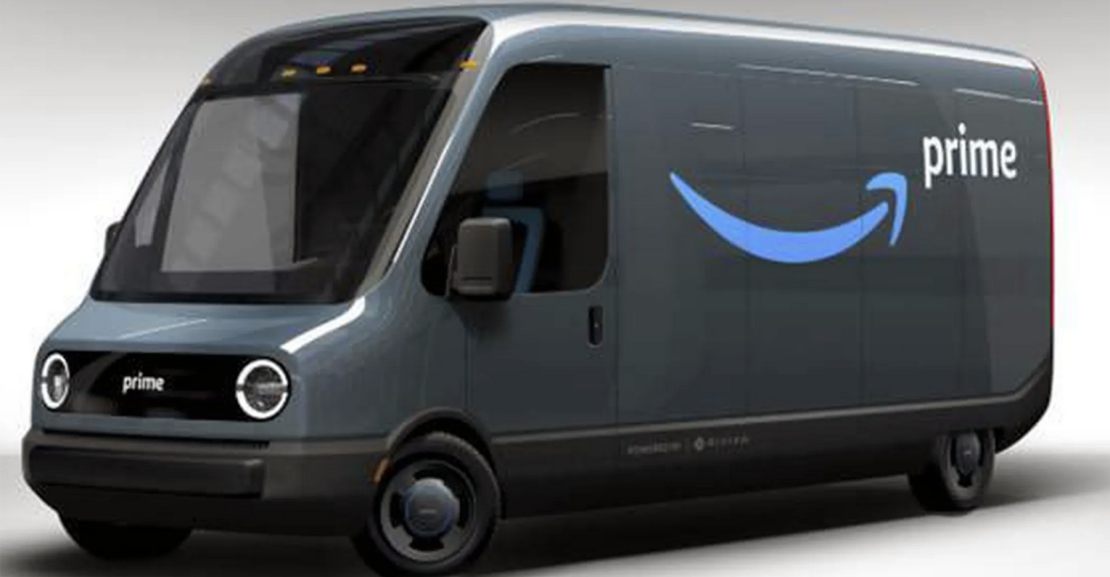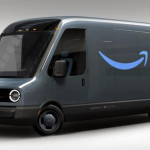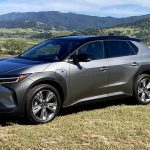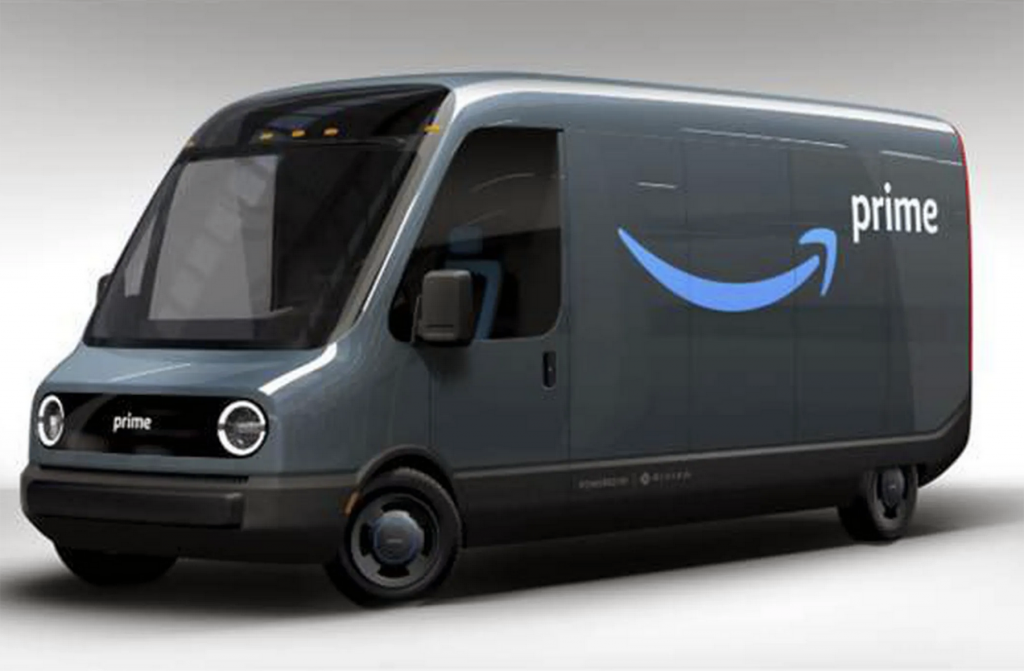
A little over a year ago, my neighbors and I lamented the construction of an Amazon delivery facility not more than three blocks from our homes. To our relief, the now-operational warehouse and delivery center has not diminished our quality of life in any meaningful manner. It’s a big sucker, though, boasting nearly 200 loading docks and serving as home to maybe 200 delivery vans. About those vans…
More electric-vehicle news and reviews
Amazon Hub Charging Stations
I recently drove past that Amazon “Hub,” and took notice for the first time of a large, nearly empty section of the surrounding lot that was outfitted with what appeared to be electric-vehicle (EV) charging stations—a lot of them. Intrigued, I executed a legal U-turn, and did a little trespassing.
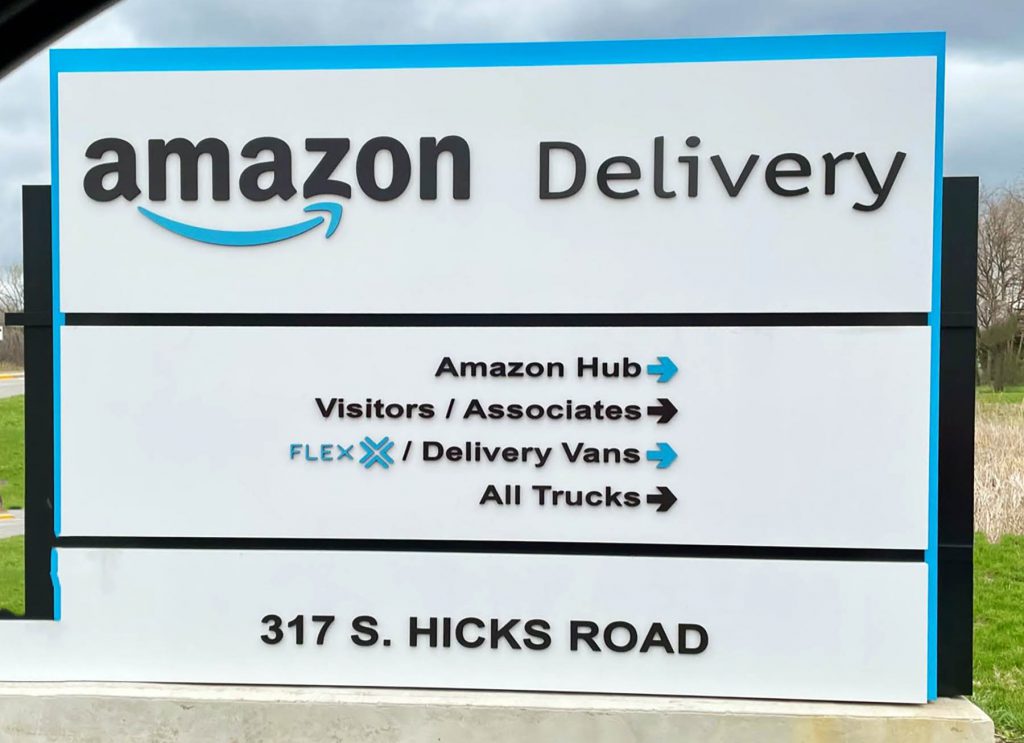
But before we get into the details of my snooping around, a little back story: Amazon has been talking about moving to an electric delivery fleet for a while now. As part of a larger plan for the company to achieve complete carbon neutrality by 2040, Amazon contracted with EV startup Rivian back in 2019 for 100,000 electric delivery vans, to be delivered over a period of several years. The first of those vans are reportedly being delivered later this year.
The Rivian EDV, as the van is reportedly dubbed, will be available in 500-, 700-, and 900-cubic-foot configurations, and have an estimated range of 120-150 miles. If that range seems a little limited, consider that the average UPS truck is rarely driven more than 100 miles in a day, and most are driven only 50-60 miles.
Amazon, by the way, has a 20-percent ownership stake in Rivian. Until recently, Ford Motor Company also held a stake in Rivian, but is in the process of divesting itself of the startup’s stock.
Back to the snooping. Passing the “no entry” signs, I entered a backlot (which, by 9:00 AM, was already absent of most of the vans parked there overnight) and came to what was indeed a vast charging area.
Grouped in units of four chargers, the stations were simple enough, and I counted 26 of them. So, this facility is prepared to charge up to 96 electric delivery vehicles at one time. Most interesting, to me at least, is that these are Level 2 charging stations, not Level 3 DC fast chargers.
This makes a lot of sense, actually. While a DC fast charger would bring a delivery-van battery to a nearly full state of charge in less than an hour, there is no such urgency for vans that won’t be driven more than 100 miles daily and are parked overnight. Level 2 charging, which is what most EV owners will install in their home garages, will fully charge the 80-or-so kWh battery in the Rivian vans in less than 12 hours.
Plug-in Perspective: Electric Pickup Trucks in Profile
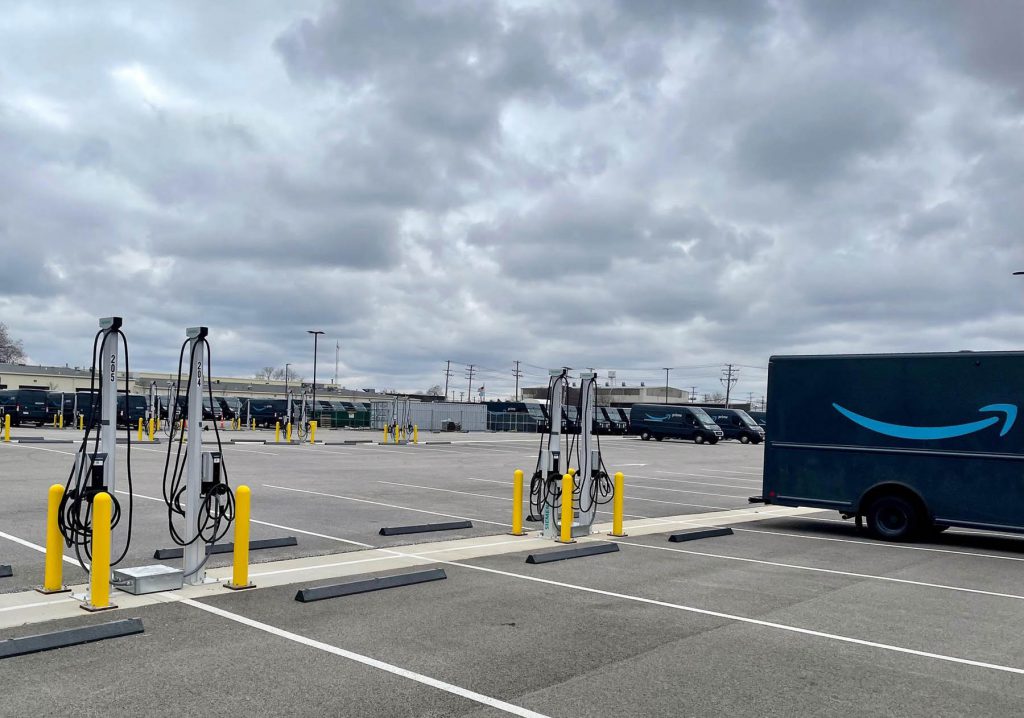
And while a single Level 3 charging station can cost $50,000 to install, Level 2 stations like those seen here can cost as little as $500 per line—though the cost of running power lines under the pavement likely adds considerably to that price.
My investigation was cut short by a guy in an orange vest walking quickly towards my car, but I had seen enough. Electric “last-mile” delivery vans would soon be charging here.
CES 2022: 2024 Chevrolet Silverado EV
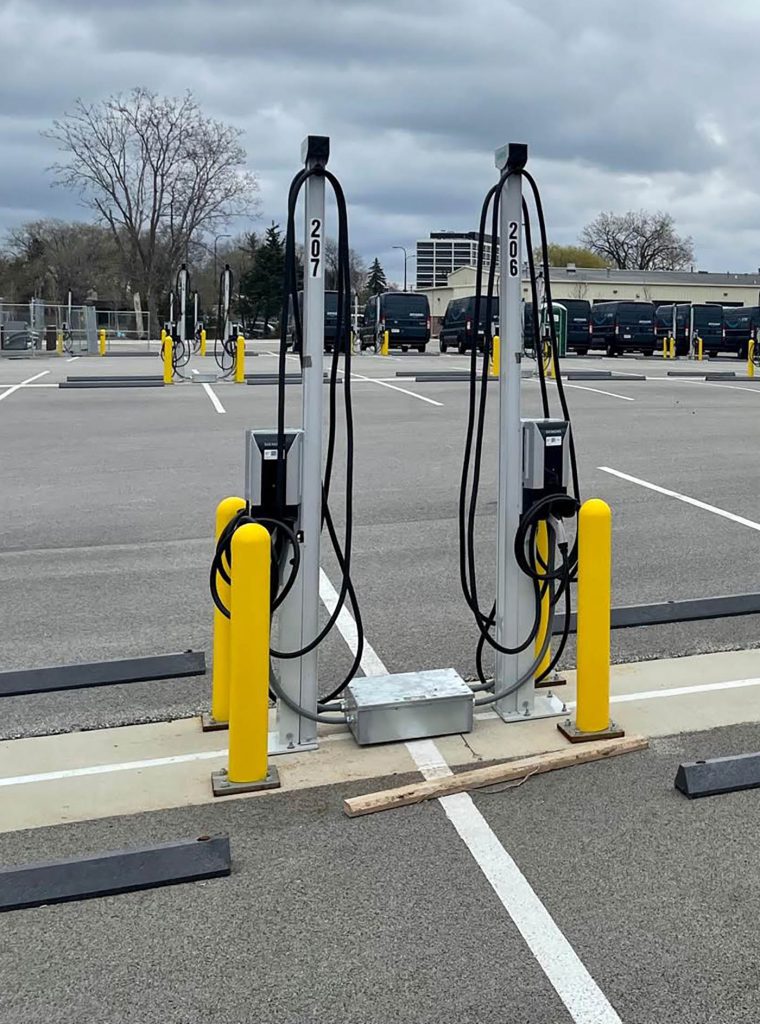
Interestingly, Amazon recently made public its plans to purchase the first Ram ProMaster EV vans when they become available in the U.S. for the 2023 model year. So, now it’s a race. Which van will I see charging first at my neighborhood Amazon Hub: Rivian or Ram ProMaster? I’ll keep you posted.
Check out the Consumer Guide Car Stuff Podcast
Amazon Hub Charging Stations Gallery
(Click below for enlarged images)
Amazon Hub Charging Stations
Amazon Hub Charging Stations

